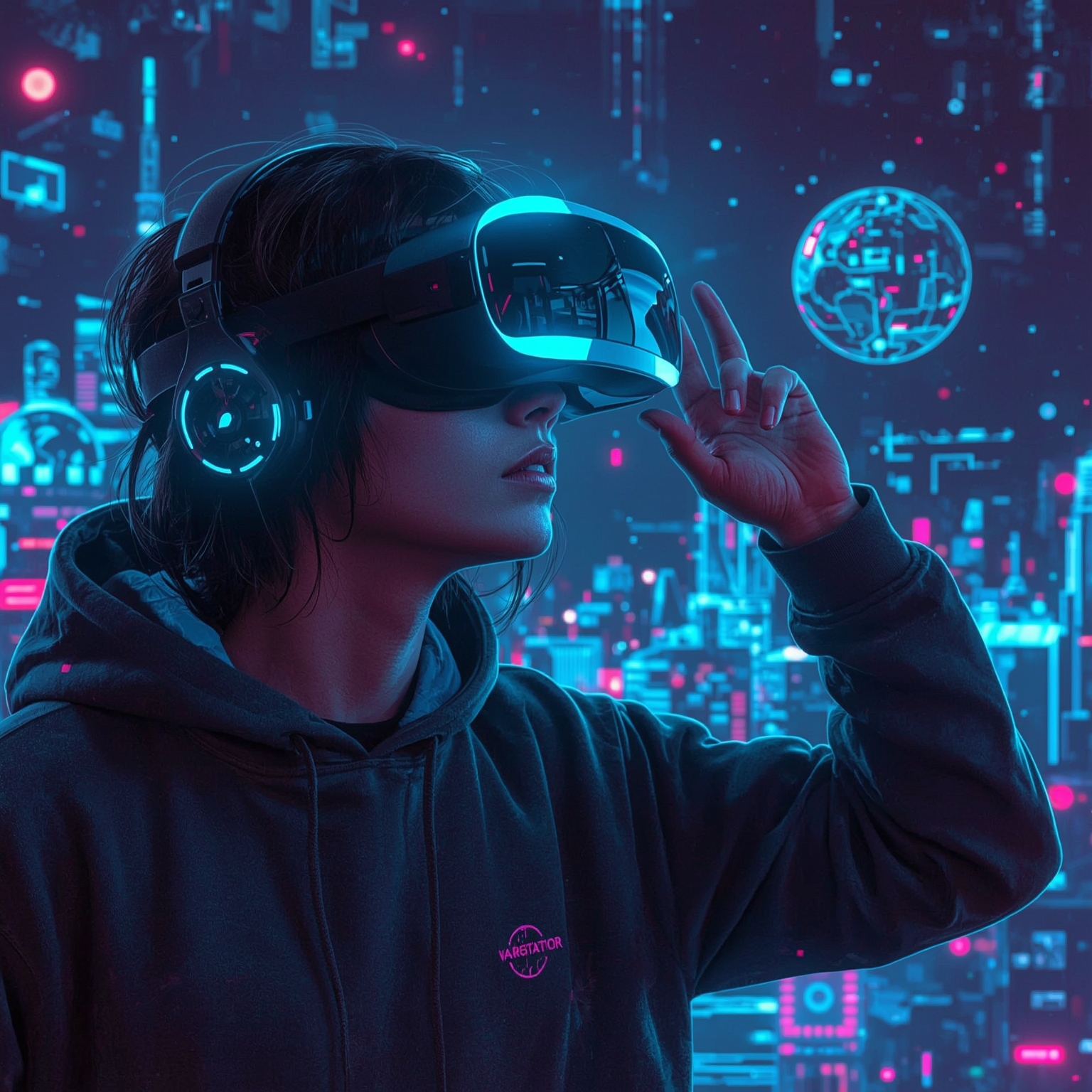During the previous year, Windows Mixed Reality headsets were rendered completely unusable after Microsoft unexpectedly terminated support for the platform with the release of its Windows 11 24H2 update. This decision abruptly stripped the hardware of its core functionality, leaving owners of these devices without official means to continue accessing immersive experiences. However, the bleak outlook for these headsets has shifted dramatically thanks to a notable effort from within Microsoft itself. An Xbox engineer has now succeeded in restoring these devices by developing an entirely new driver, capable of enabling full SteamVR compatibility and effectively granting the hardware a renewed purpose.
The engineer in question is Matthieu Bucchianeri, a software developer who previously worked directly on Microsoft’s Windows Mixed Reality initiatives. Acting independently, Bucchianeri has released a free software solution entitled the *Oasis Driver for Windows Mixed Reality*, which is distributed through Steam. The choice of name is significant: “Oasis” was originally used internally by Microsoft as the codename for its entire Mixed Reality effort, and its revival here underscores the continuity between the company’s earlier research projects and this community-driven preservation initiative. The release of this driver was first brought to wider attention by *UploadVR*, a prominent publication specializing in virtual reality news and analysis.
There are, however, certain prerequisites. In order to take advantage of the Oasis driver, users must possess an Nvidia graphics card. This limitation exists because the driver makes use of specific graphical features available only in Nvidia’s driver ecosystem, which are unfortunately absent in the comparable driver implementations provided by AMD and Intel. In practical terms, this technical dependency restricts usage to a narrower subset of PC owners but still opens the door to renewed functionality for a large portion of existing headset users who already rely on Nvidia’s popular hardware.
Perhaps one of the most remarkable aspects of the Oasis driver is that it no longer requires Microsoft’s now-defunct Mixed Reality Portal application to operate. Instead, it offers direct compatibility with OpenVR and OpenXR applications by functioning completely through SteamVR. This shift enables a streamlined user experience free from reliance on outdated or unsupported software. According to Bucchianeri, the driver supports full six degrees of freedom tracking for both headsets and motion controllers, in addition to enabling rendering through a native SteamVR pipeline. Such capabilities place the driver on par with standard VR hardware integration, ensuring that the once-obsolete devices now operate with the same performance expectations as active platforms.
Many observers note that Microsoft itself should ideally have delivered a comparable driver, thereby preventing the company’s discontinuation of support from instantly nullifying the functionality of its own headsets. Nonetheless, Bucchianeri, who now works as an Xbox engineer inside Microsoft’s broader gaming division, pursued the project independently. To achieve his results, he reverse-engineered code from both Nvidia and SteamVR in order to produce a seamless bridge between Windows Mixed Reality devices and Valve’s ecosystem. Because of this reliance on reverse-engineering, Bucchianeri has chosen not to disclose the underlying source code, although he has emphasized that the Oasis driver will remain permanently free to download and use.
For those interested in prolonging the life of their Windows Mixed Reality headsets, the Oasis driver is already accessible on Steam as a free download. Prospective users are encouraged to carefully consult the quick start documentation that accompanies the software, as these instructions are designed to ensure proper installation and optimal performance. By following the provided guidelines, gamers and enthusiasts can once again unlock the immersive potential of these devices, which, only a short time ago, appeared consigned to obsolescence. In this way, what was once thought to be the abrupt end of the Windows Mixed Reality ecosystem has been reshaped into an example of how technical ingenuity and persistence can breathe new vitality into abandoned technology.
Sourse: https://www.theverge.com/news/772360/microsoft-windows-mixed-reality-headsets-streamvr-driver



